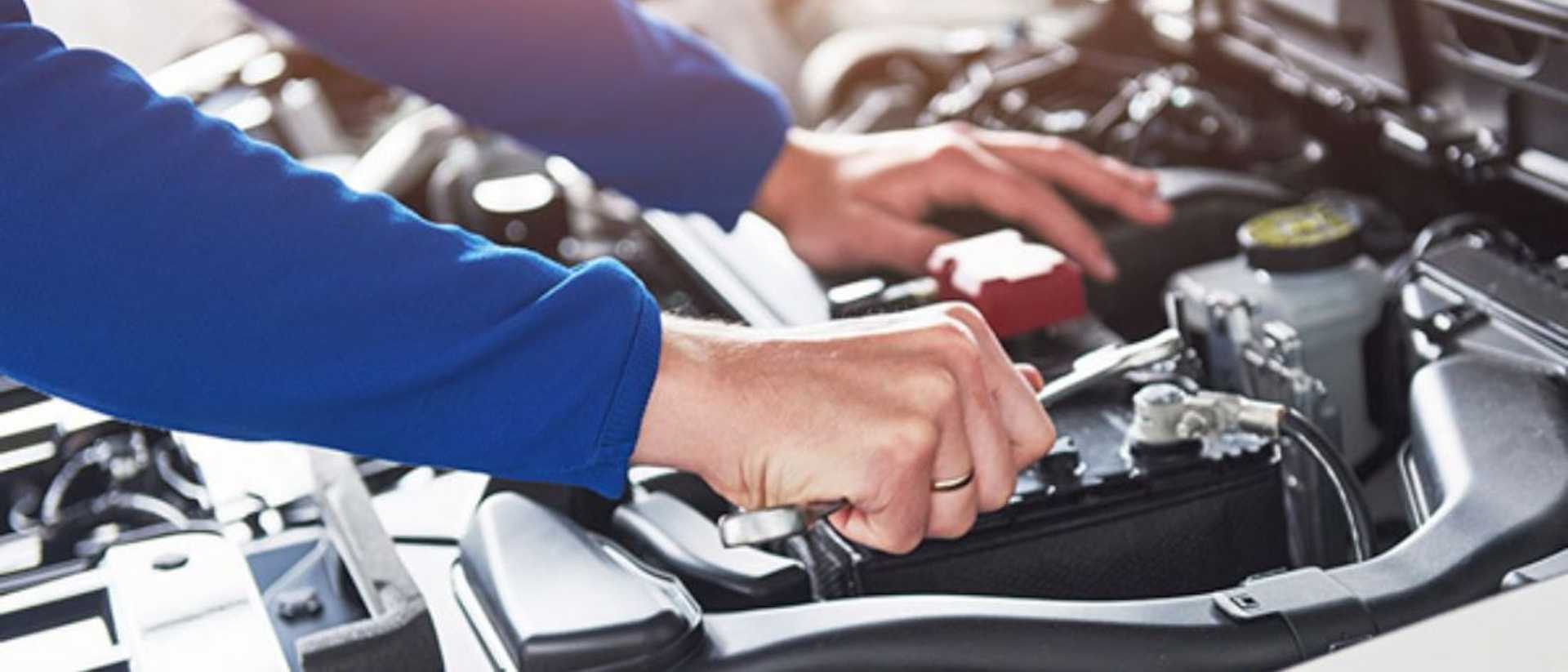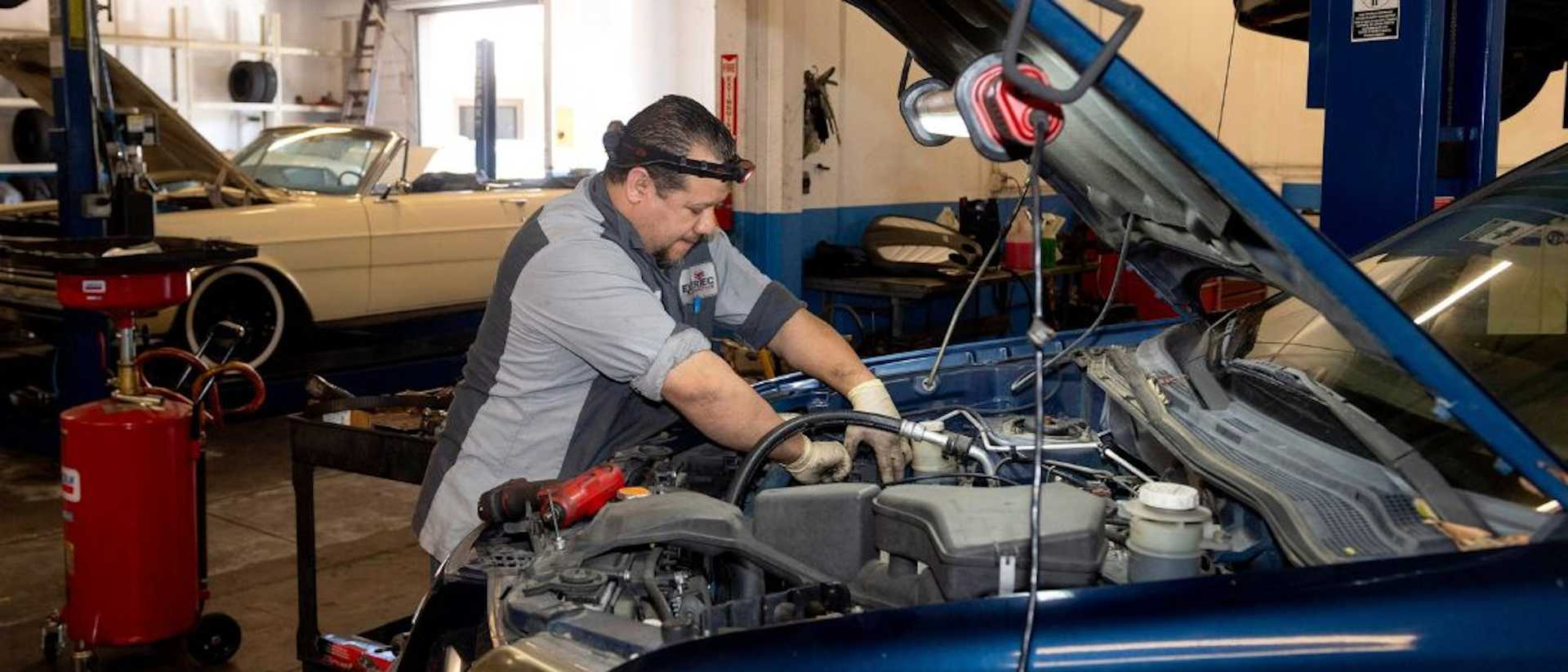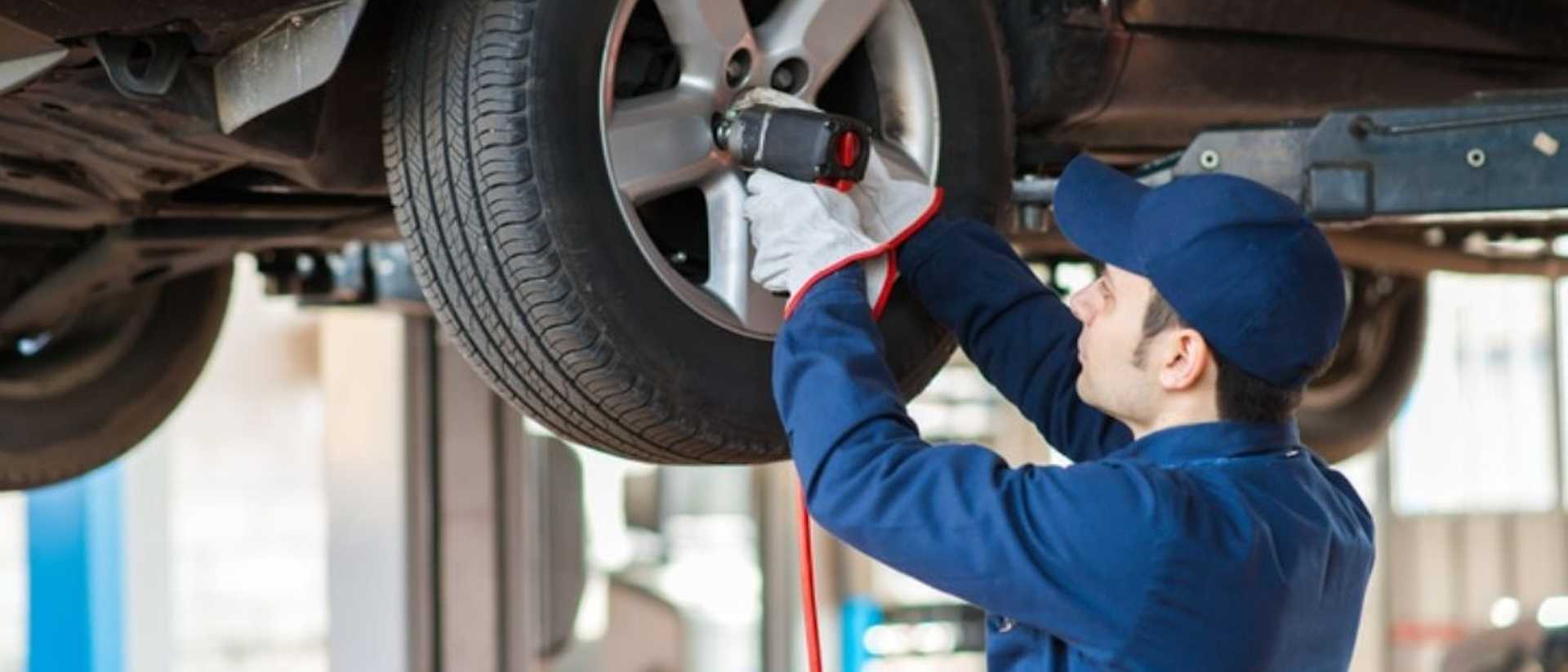Everything to Know When Buying An Electric Car

We all know by now that electric vehicles (EVs) are the way forward – literally. With fuel costs going through the roof and inflation not far behind, we’re all looking at ways to reduce the costs of car ownership, especially those of us who need to drive regularly. And there’s also the little matter of the environmental imperative of investing in an electric vehicle sooner rather than later.
Until recently, though, electric car ownership in Australia has only been possible for those on a pretty hefty income. But because of recent government legislation and a range of incentives, the average Aussie car buyer won’t have to choose between an EV or a petrol or diesel car for very much longer.
But before jumping into BEV ownership with your eyes shut, here are the things we think everyone should know:
Is it Worth Getting an Electric Vehicle yet?
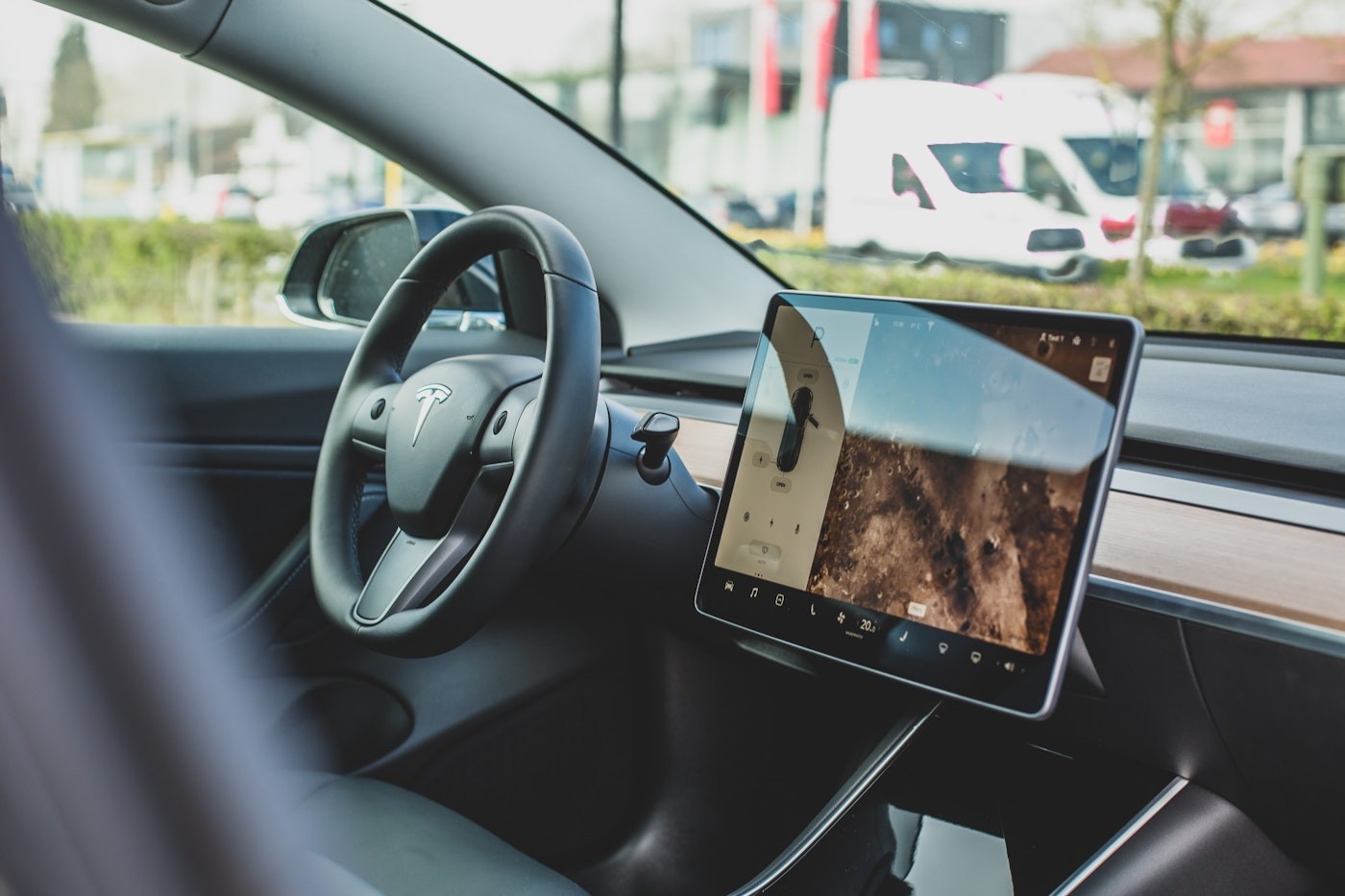
Purchasing a new vehicle is always going to be an investment. So considering whether it is the right time to invest in an EV is still a valid question. Especially considering the fact that the upfront costs of electric vehicles remain higher than petrol or diesel models.
However, the long-term financial savings of EV ownership are starting to overcome many buyers’ reluctance. So it makes the answer increasingly easy. Is the time right to buy an electric car? Yes, it probably is.
But let’s look at some of the reasons why it’s time to buy an electric vehicle.
Lower Fuel Costs
EV owners can save considerably on the cost of fuel. Especially if they refuel smartly. If the battery electric vehicles run on is given a charge overnight at home during off-peak charging periods - costs are significantly lower.
Australia’s Electric Vehicle Council (EVC) states that fuel for an EV is around 70% cheaper compared to vehicles with internal combustion engines. This saves EV owners an average of $16000 in fuel costs per year.
Reduced Maintenance Costs
One of the biggest savings for electric vehicle owners is the lower running costs. EVs don’t have as many moving parts as internal combustion engine vehicles which brings down the costs of maintenance and servicing significantly.
It has also been estimated by the EVC that electric car owners could save around $300-400 per year compared to petrol cars.
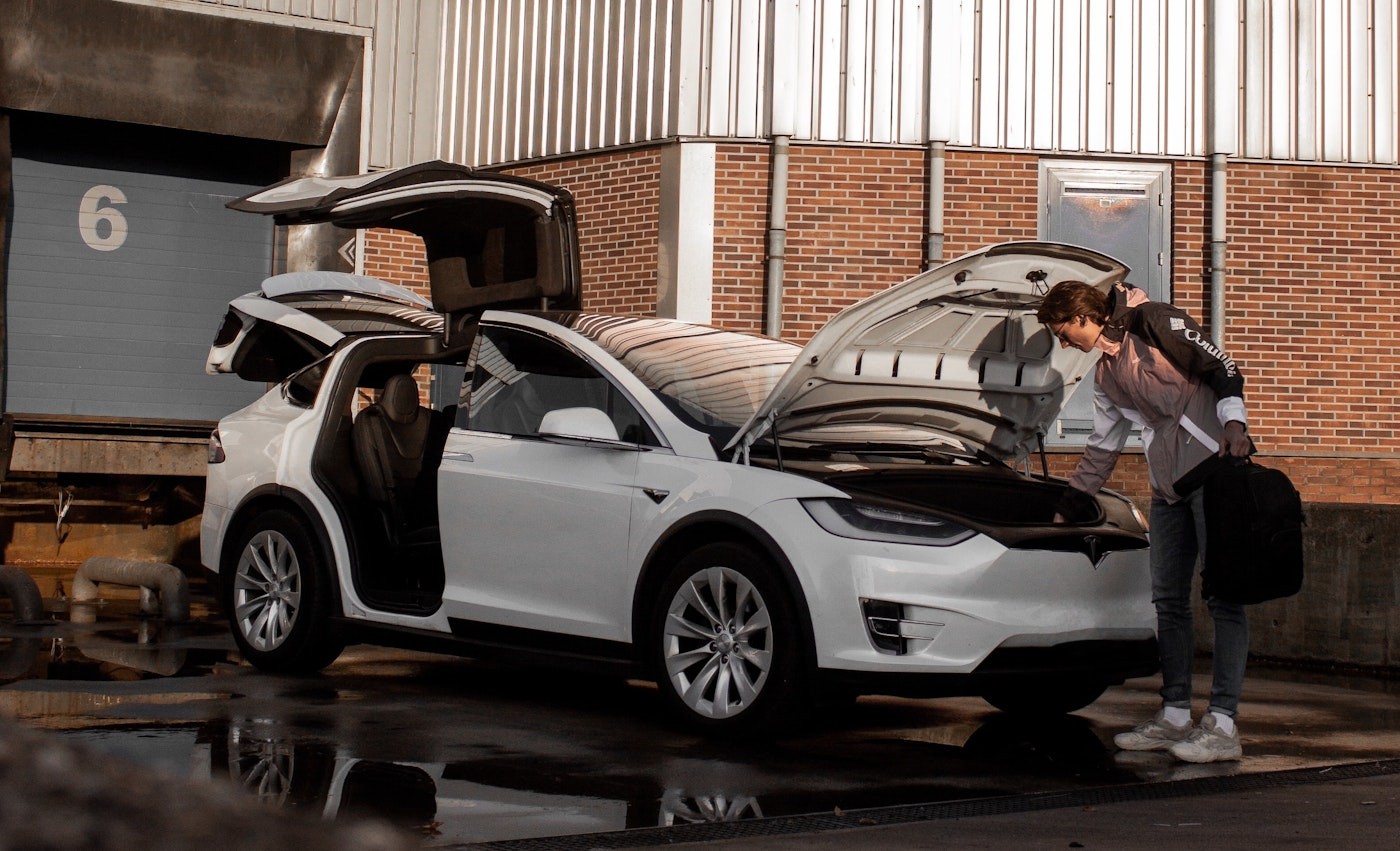
Lower Emissions & Clearer Air
Electric vehicles used across the country emit on average 29-41% lower emissions than fossil-fuelled cars. And to meet the national target of zero emissions by 2050, Australians are going to have to adapt to EV ownership eventually.
Currently, EV emissions vary widely by state because of the variables in the source of electricity. But if renewable energy sources for each state can be improved, the transition to electric cars is going to take Aussies several steps further towards the zero emissions target.
The knock-on effect is clearer air and water, especially in built-up areas. By converting to EVs the reduction in the particles emitted from exhausts, as well as waste grease, oil and rubber needed to run them, could be slashed. This would result in health care costs being slashed by billions and possibly trillions by the 2050 target. You can read more about the environmental benefits of EVs here.
Improved Vehicle Performance
There’s a popular belief that EVs aren’t as fun to drive as their petrol or diesel predecessors. And it couldn’t be further from the truth.
Electric cars are superior in terms of power, instant torque and acceleration. Handling is better, too, given their low centre of gravity thanks to the chassis-mounted battery pack. Because EVs don’t need the gasoline build-up of their fossil fuel counterparts, they reach peak torque from a standstill.
The quiet running sound of EVs makes for a more pleasant experience for most drivers and certainly for pedestrians in built-up areas. But if you really miss the growl of a supercar, you can have a kit installed on your EV to make it sound like a v8 as the perfect compromise.

Electric Vehicle Ownership Incentives
With these ambitious targets to reach by 2050, it’s in the Australian government's best interests to make EV ownership as attractive as possible to car buyers.
That’s why there are a number of state-specific and country-wide perks to sweeten the deal. We’ll go into the state incentives in more detail below. But at a federal level, the electric vehicle strategy, introduced between September and November 2022 is tailored to boost electric vehicle sales. The first is to provide up to $2,000 off the purchase price of battery electric and plug in hybrid cars.
The Treasury Laws Amendment Bill also included the removal of Fringe Benefit Tax for fleets and novated leases. So buying an electric car through a novated lease could save owners up to $9,000 per year compared to ICE vehicles.
Learn more about your green car loan options with Driva here.
Is it Worth Buying an Electric Car in Australia?

One of the main stumbling blocks for the uptake of electric cars in Australia is driving ‘range anxiety’ and that concern isn’t only limited to distance. With so few models to choose from, the choice of EVs was certainly restricted.
And this restriction was down to Australia’s lack of mandatory fuel efficiency targets, coupled with a lack of national purchase incentives. But with very recent federal legislation and state incentives increasing, the models available are set to increase.
As a result, the number of electric cars on Australian roads has almost doubled in the past year with Tesla Model 3 by far outstripping its competitors. And the market is projected to grow 22.64 per cent by 2027.
What are the National Incentives for Electric Vehicles?
At the National level, the recent Electric Car Discount Bill proposed the removal of the Fringe Benefits Tax (FBT) on eligible cars (those under $84,916) provided by employers to current employees for private use. And, usefully, the exemption will apply to second-hand electric cars too.
As well as this, the 5% customs charge on electric, plug in hybrids and hydrogen fuel-cell cars and trucks (those eligible) will be removed for any vehicles admitted for domestic use beginning on July 1, 2022. This is with the exception of EVs imported from Russia and Belarus.
What Are the State Incentives For Buying an Electric Car?
Rebates, discounts and subsidies are available to EV car buyers across Australia but they vary. Each state has identified different ways to encourage its residents to jump into EV ownership. So the Electric Vehicle Council have provided a state-by-state breakdown of what’s good in each state for potential EV buyers.
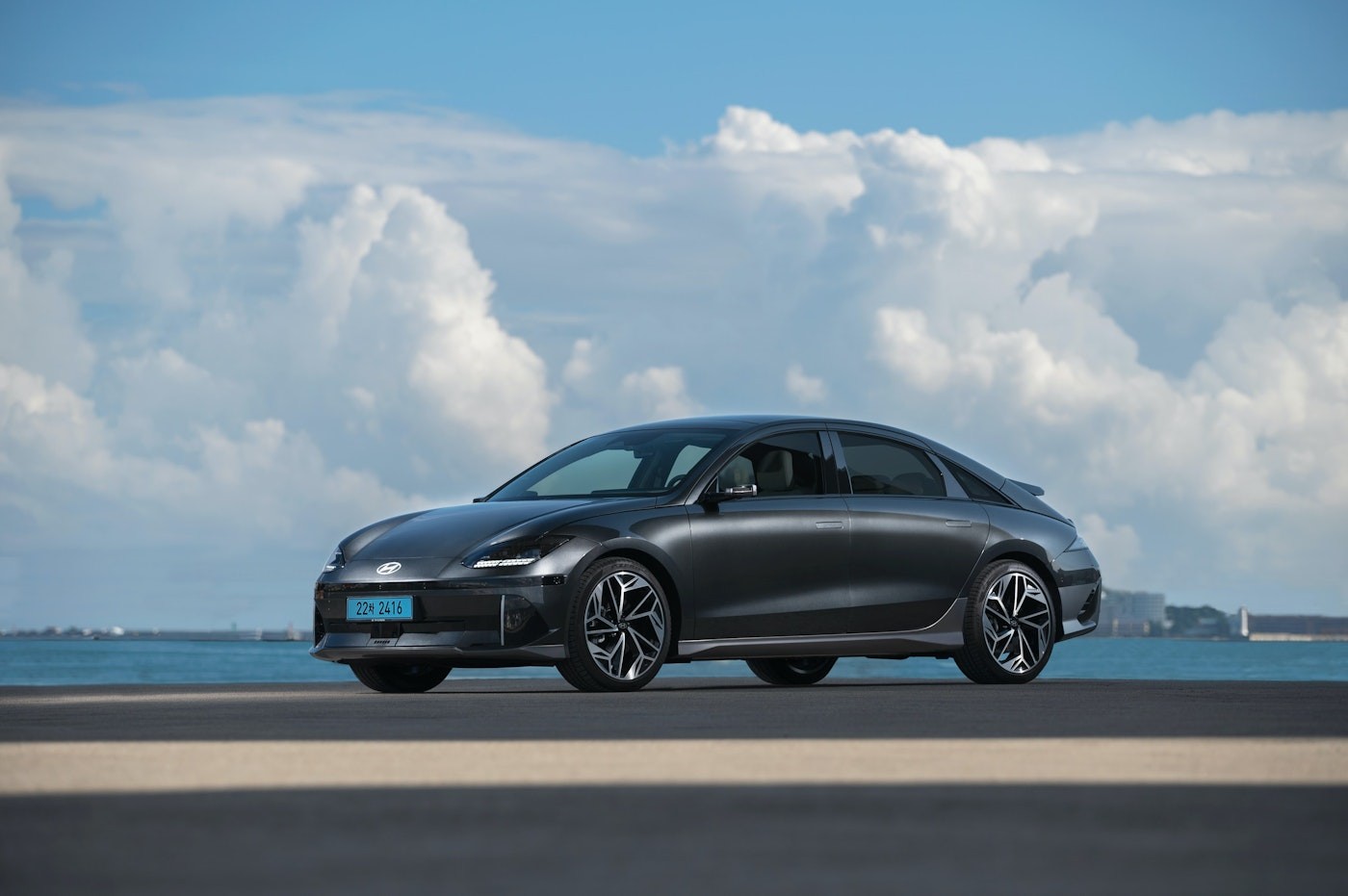
Types of EVs available
Electric cars come in different types, and it is important to understand the differences between them to choose the one that best fits your needs.
Battery Electric Vehicles (BEVs)
BEVs are fully electric cars that run solely on a rechargeable battery. They do not have a petrol engine, which means they produce no emissions. BEVs are ideal for those who drive short to moderate distances, as their driving range is typically between 160 to 480 kilometres on a single charge. If you’re looking for the best electric vehicles currently available on the market, check out our list of recommendations.
Plug-In Hybrid Electric Vehicles (PHEVs)
PHEVs are hybrid cars that can run on both petrol and electric power. They have a rechargeable battery and an internal combustion engine. PHEVs can drive up to 48 kilometres on electric power alone and then switch to petrol power, extending their driving range. PHEVs are ideal for those who need more range than BEVs but still want to benefit from electric power.
Want to learn more about what the best hybrid cars on the market are? Check out The 21 Best Hybrid Cars In Australia.
Hybrid Electric Vehicles (HEVs)
HEVs are also hybrid cars that have both an electric motor and an internal combustion engine. However, the electric motor is only used to assist the petrol engine, and the car cannot be plugged in to charge the battery. HEVs are more fuel-efficient than traditional petrol cars but do not provide the same environmental benefits as BEVs and PHEVs.
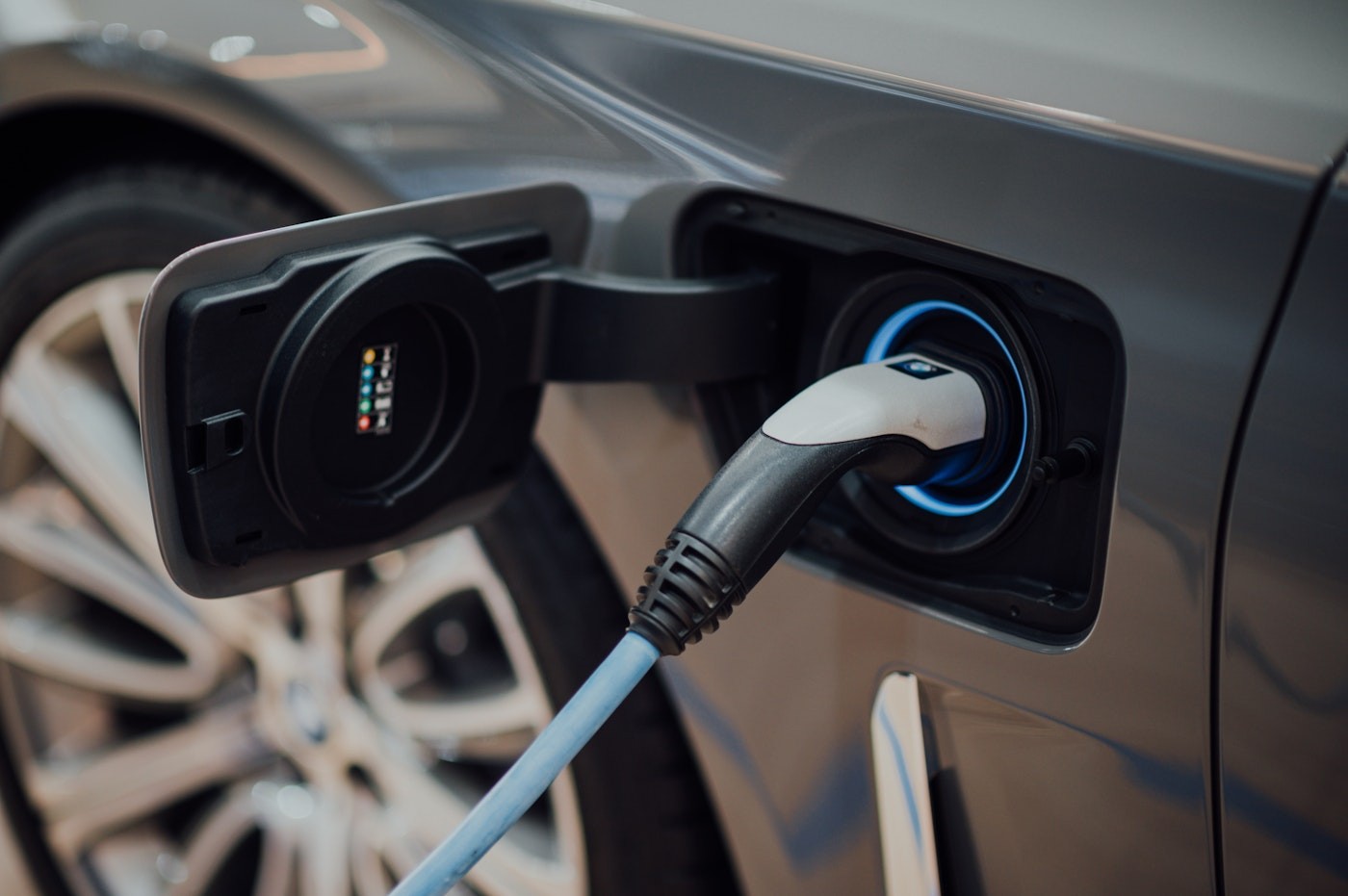
Is there a Downside to Electric Cars?
As you can see, things are looking far more positive for electric car buyers in Australia than in any year previously. But there’s a downside to everything and electric cars are no exception.
- Model restrictions - There are still considerably fewer new available models than in Europe and the US. But things are changing.
- Driving Range anxiety - The lack of charging point infrastructure is still a worry, especially for long-distance journeys. But the growing number of public chargers is improving all the time.
- Price – Entry-level upfront cost for an EV is still higher than their petrol counterparts. However, lower running costs and incentives are starting to lower the total cost of ownership of EVs.
But at Driva we don’t want cost to be a barrier to you grabbing an EV as your next car before the rush. In just a few minutes, you can get your personalised Green Loan quotes and find your best deal when we compare 30+ lenders on our panel for you. With Driva’s help, you’re one step closer to driving into the future in your own electric car.

